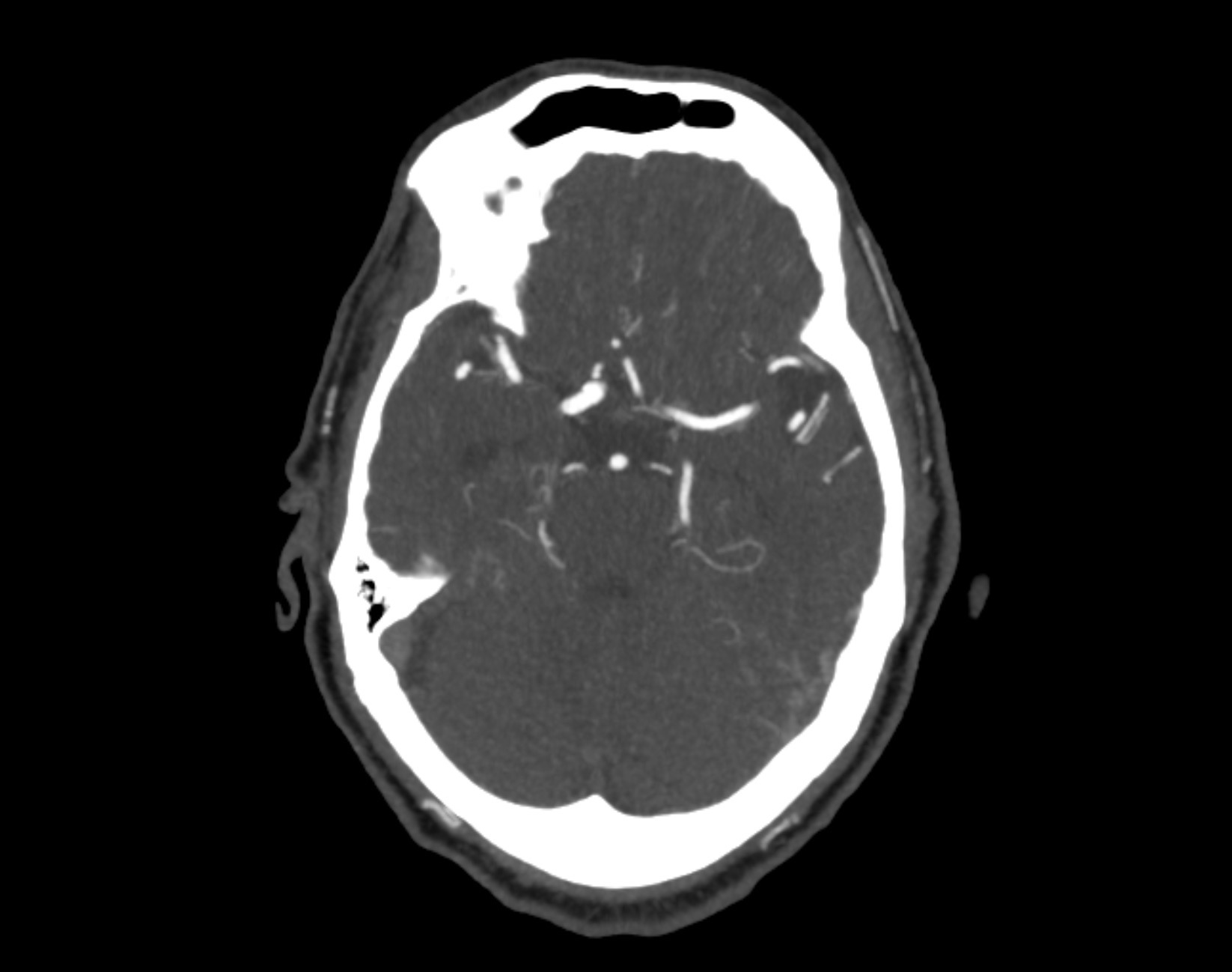Page Contents
OVERVIEW
This page is meant to discuss more about how to protocol a CTA of the head and neck.

WHAT DOES THIS STUDY ACTUALLY INCLUDE?
When you are protocoling/ordering this study it is important to realize exactly what you are “getting” from the study. This is what a typical CTA of the head and neck entails:
- Arterial phase imaging from the aortic arch just past the top of the skull.
WHEN SHOULD THIS STUDY BE ORDERED?
It is important to appreciate that there are certain cases when a CTA of the head and neck should be ordered. Because this is a very versatile study, there are a few categories of indications that should be kept in mind.
Trauma indications: these indications mainly deal with fractures that oppose vascular structures, and the concern is that arteries may be damaged by these fractures:
- Squamosal temporal bone fractures: concern for meningeal artery injury
- Petrous temporal bone fractures (especially those that extend into carotid canal): concern for internal carotid artery injury.
- Sphenoid sinus fractures (that oppose the carotid sinus):concern for internal carotid artery injury.
- Cervical spine fractures (through the carotid canal): concern for vertebral artery injury.
- First through third rib fractures: vertebral artery injury, subclavian injury.
WHEN SHOULD THIS STUDY NOT BE ORDERED?
There are some instances where a CTA of the head and neck should probably not be ordered.
- Concern for venous pathology: in cases where there is suspected venous injury or thrombus a CTA will not evaluate the venous system well. Instead a CTV of the head may be more appropriate. It is important to keep in mind that sometimes a CTA of the head and neck is ordered with a CTV of the neck to evaluate for both arterial and venous pathology.
Page Updated: 01.21.2020